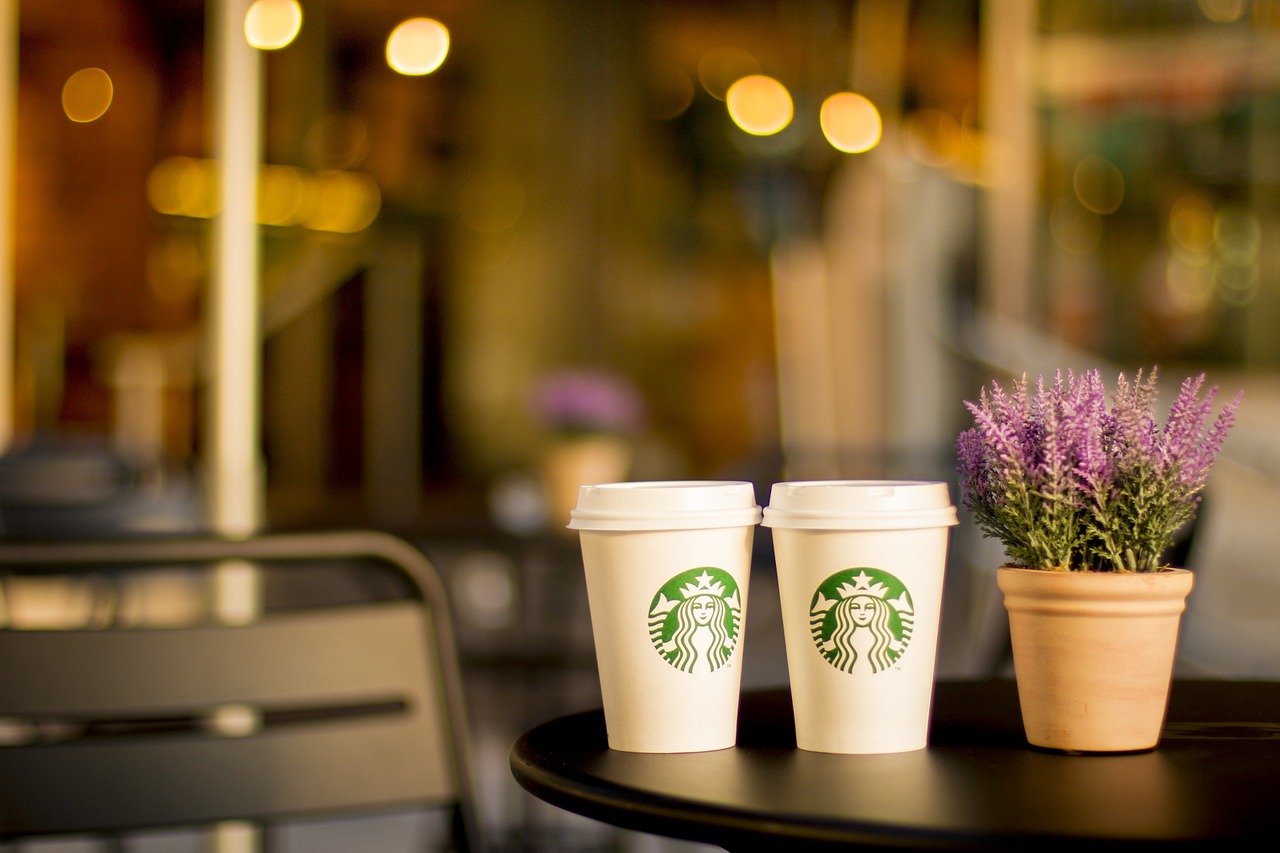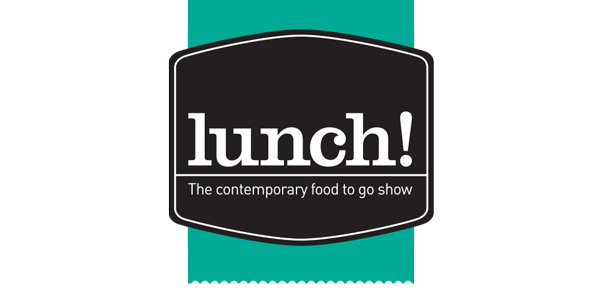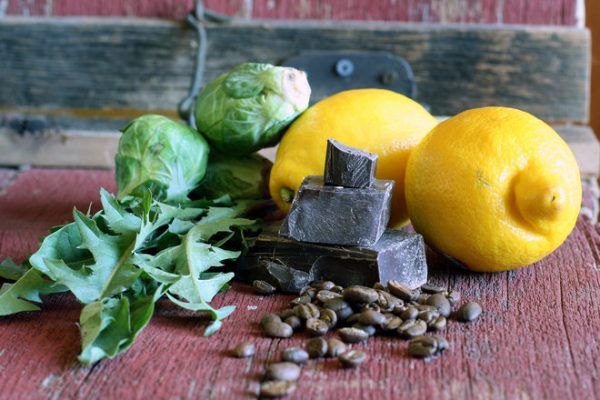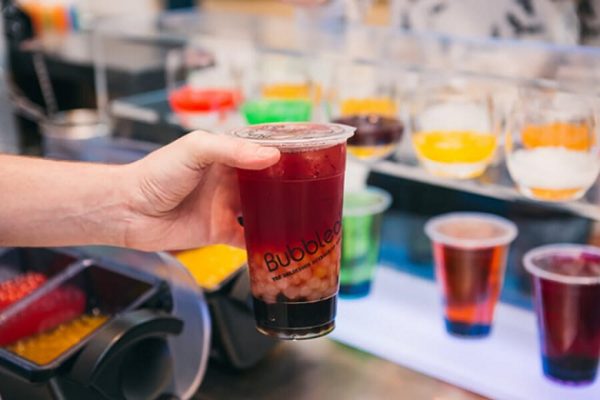Beverage News
The Growth Of Hot Beverages Market Worth
 The hot beverages market is assumed to grow in the forecast owing to the rising interest of consumers in exotic coffee flavors coupled with the consumer’s preference for hot beverages with the benefits of de-stress and detoxification. Infinium global research has recently published a global report on “Hot Beverages Market”, the reported study estimated the market for hot beverages will reach up to USD 94 billion in 2025, with a Compound Annual Growth Rate of 3.10%, over the forecast period (2019-2025).
The hot beverages market is assumed to grow in the forecast owing to the rising interest of consumers in exotic coffee flavors coupled with the consumer’s preference for hot beverages with the benefits of de-stress and detoxification. Infinium global research has recently published a global report on “Hot Beverages Market”, the reported study estimated the market for hot beverages will reach up to USD 94 billion in 2025, with a Compound Annual Growth Rate of 3.10%, over the forecast period (2019-2025).
Increasing Awareness Related to the Health Benefits is Set to Drive the Global Market
Increasing awareness related to the health benefits of tea and coffee such as green tea, lemon tea, and detox coffee and tea. Coffee and tea are the most enjoyed beverages around the world due to having things that help health. Tea and coffee help the human body fight free radicals with chemicals of their own called antioxidants. Coffee has lots of a certain antioxidant that helps keep blood sugar lower and more stable. Furthermore, the availability of a wide range of options and customization to local tastes is fueling the growth of the global hot beverages market. There is a wide range of teas available in the market such as black tea, green tea, white tea, oolong tea, herbal tea, etc. Moreover, there is tremendous variability encountered in both wild and cultivated coffee plants.
Manufacturers Adopting Expansion, Acquisition & Partnership Strategies
On August 31, 2018, Coca-Cola expands hot beverages selection with Costa Coffee acquisition from parent company Whitbread PLC. This acquisition will give Coca-Cola a strong coffee platform across parts of Europe, Asia Pacific, the Middle East, and Africa, with nearly 4,000 retail outlets and the scope for additional expansion. In August 2019, the hostess has launched a Ding Dongs Hot Cocoa which is a full-bodied chocolate cake flavor finished with soft hints of vanilla. Hostess partners up with Trilliant to bring this beverage. In January 2018, Barista in collaboration with RoohAfza introduces two hot beverages. RoohAfza and its partner Barista Coffee Company have launched two new hot beverages that are Rooh Mocha and RoohAfza Badam Milk. These new hot beverages are available in 100 Barista stores by focusing on the RoohAfza markets.
The above figure shows the age group of respondents in the survey conducted for the consumers of hot beverages. People having age more than 60 are the major consumers of hot beverages. Health benefits related to hot beverages increases the demand for it in elder people. The consumption of hot beverages for boosting energy is growing in elderly people. The figure also shows that the consumption of hot beverages increases with the age of the consumer. About 18% consumers are between the age group 16 to 19 while 21.50% of consumers are between age group 20 to 40. Furthermore, 27.50% of consumers are between the age group 40 to 60 and 33% consumers having an age group of more than 60, which is the largest.
According to responses collected from consumers across the globe, we conclude that males consume more hot beverages than females. The majority of consumers prefer hot beverages for health benefits and to increase energy levels. Majority of consumers prefer conventional hot beverages over organic hot beverages. Moreover, good taste and sugar quantity are highly important factors for consumers. Consumers also prefer to drink hot beverages in the morning, at home and at cafes.
Coffee is a Major Revenue – Generating Segment
The report on the global hot beverages market covers segments such as type, nature and distribution channel. Based on types, the market is sub-segmented into coffee, tea, milk, and others. Coffee dominated the hot beverages market owing to the increasing popularity of organic coffee. Organic and natural coffee is free from pesticides and chemicals, and thus it helps to generate the demand among health-conscious people. Based on nature, the market is sub-segmented into organic and conventional. On the basis of the distribution channel, the submarket includes online and offline channels. The offline channel holds a large market share of the hot beverages market.
The Asia Pacific Region is the Most Lucrative Region for the Hot Beverages
Among the regions, Asia Pacific accounted for the largest share of the hot beverages market in 2018. The largest share of this region is attributed to the high consumption of countries such as Japan, China, India, and Indonesia. China and Japan are highly tea consumers in the Asia Pacific region. Coffee chains such as Starbucks and Costa Coffee are encouraging the market for hot beverages market in 2018. The largest share of this region is attributed to the high consumption of countries in the Asia Pacific. New product developments such as K-cups, stick coffee and tea are increasing the market for the single-serve market of hot beverages. Europe is the second-largest market for Hot Beverages. Western Europe is the biggest coffee market in the world and has been experiencing a strong premiumization trend, contributing to an increase in high-quality offerings and higher expectations from consumers.
Source: Infinium Global Research









